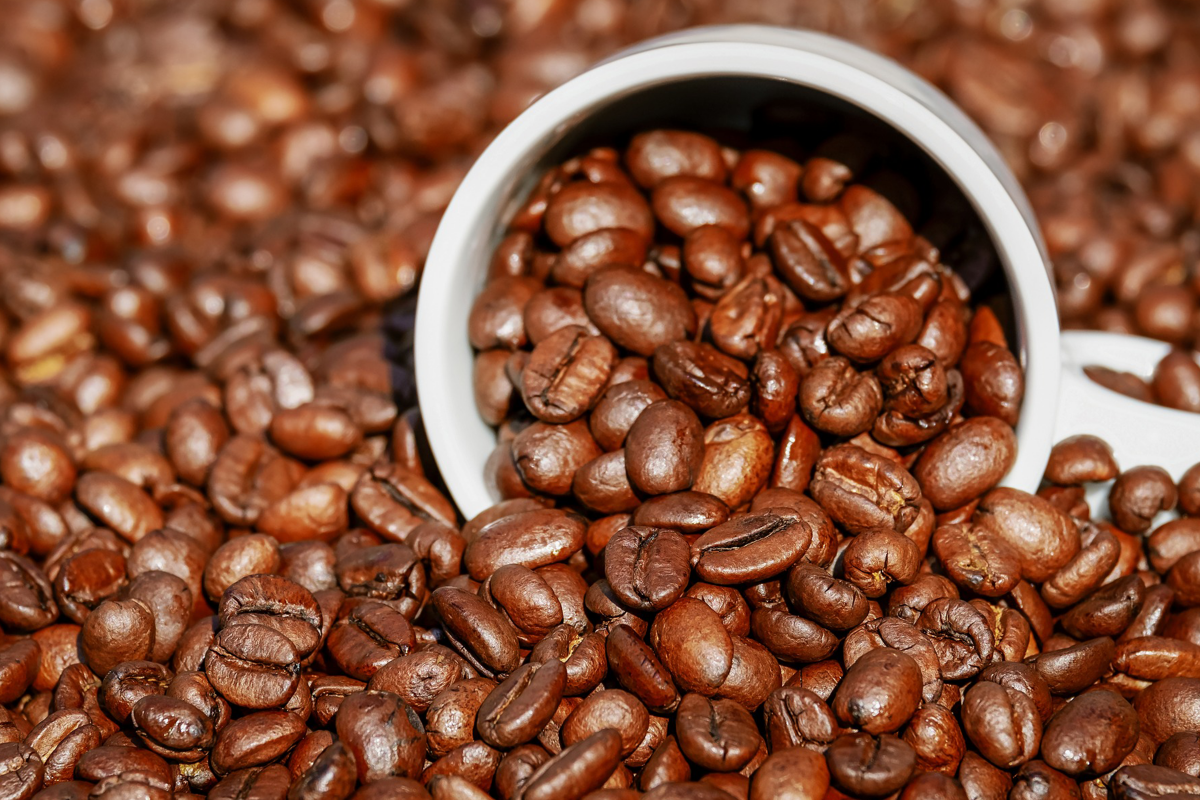岩芯分析
Food fraud is a global issue, potentially affecting everything from the quality of olive oil to what gets added to alcohol. Using Nuclear Magnetic Resonance (NMR) can provide a clear and accurate view of exactly what is in the food being sold to consumers, and in a faster timeframe than more traditional methods.
The issue of food authenticity is complex, thanks largely to the global nature of supply chains and the drive to deliver products at low prices. For example, the ingredients that go into making a single bar of chocolate might all originate in separate continents before the final product is created. This can make ensuring the quality of each element difficult.
Food fraud costs the global food industry approximately £25 billion every year. Instances can vary from the addition of refined sugars to products to events like those in China when melamine-supplemented infant formula resulted in the death of six infants in 2008.
The practice of adding additional substances to food is more common than many consumers think, with lots of the products they purchase having been adulterated. In the US, for instance, a 2013 study showed that 59% of tuna products available actually contained other forms of fish.
Traditionally, the food safety industry has utilised gas chromatography and polymerase chain reaction (PCR) methods to examine the chemical composition of products. These methods require large quantities of expensive reagents to operate effectively and can take hours to produce results. Benchtop NMR instruments, such as X-Pulse do not require helium, nitrogen or compressed gases and are capable of delivering results in minutes. The improved spectral resolution of the X-Pulse makes it very sensitive to small changes in the chemical composition of substances.
These features mean that benchtop NMR analysis has a wide variety of potential applications in the fight against food fraud. Below are some of the ways that this method can make detection more efficient and products safer for consumers all over the world.
Perhaps the most famous recent example of the fraudulent mislabelling of meat is the 2013 horsemeat scandal in Europe. Food products that claimed to contain 100% beef were found to also include large amounts of horsemeat.
Different meats have different fatty acid profiles, which means they contain different levels of saturated, monounsaturated and polyunsaturated fatty acids, all of which register as specific regions of the NMR spectrum. A system like the X-Pulse, coupled with advanced data processing, can measure the fatty acid profile of a given sample and determine whether the sample is what it is claimed to be.


Hazelnut oil is commonly added to more expensive olive oil in order to increase the amount of product that can be created from an individual batch.
Products labelled ‘extra-virgin’ should contain no refined oils or other oils from nuts or seeds. However, the high degree of similarity between the fat profiles of hazelnut oil and olive oil makes accurately detecting this kind of fraud difficult. NMR can detect the small differences in fatty acid composition between pure and adulterated olive oils in under five minutes per sample.
A central part of the healthy Mediterranean diet, argan oil is rich in fatty acids and polyphenols. The oil has become widely used in the cosmetics industry in skin and haircare products, pushing the price up to around $30 a litre. This has led some producers to add cheaper vegetable oils to the mix to reduce their costs.
Benchtop NMR analysis does not need to be carried out in a specialised laboratory, making it an effective solution for in situ testing. By providing a quick analysis of the fatty acid profiles, the X-Pulse makes it fast and simple to compare samples to confirmed pure argan oil.


Coffee is a good illustration of the commercial logic of food fraud. Replacing one in every 100 Arabica beans with a single, significantly lower cost robusta bean, can greatly reduce the price of production when large enough quantities are involved. A 2018 study by British researchers found that roughly 10% of the ‘100% Arabica’ products it surveyed contained robusta beans.
The NMR method used for detecting the levels of the 16-O-methylcafestol compound that accurately differentiates the two beans is slightly different from the fatty acid analysis outlined in the previous three examples. By identifying and measuring the specific peaks that this compound creates in the NMR spectrum, analysts can accurately show how much robusta is present in a sample down to a level of 2% or less.
In 2019, British retailer Tesco had to withdraw several of its own-brand ‘100% pure honey’ products after tests showed they contained significant amounts of syrups made from refined sugar.
High field NMR was used to test the honey samples as it is more reliable than older methods. Previous tests only looked for two major carbon isotopes, Carbon-12 and Carbon-13, to show honey that has had corn syrup added. However, other cheap sugar syrups have a very similar profile to these isotopes, making it much harder to identify fraudulent products using these methods.
NMR analysis, on the other hand, can identify the chemical fingerprint of specific compounds. This not only makes it better at detecting the range of syrups and sugar solutions currently being added to honey, but also helps to detect new types of fraud too. Most honey adulteration work has been carried out using high field NMR instruments however, the continued development of benchtop instruments makes a number of these results achievable in a typical laboratory.


Counterfeit alcohol poses a big risk to consumers. While some cases may involve a cheap spirit being falsely labelled as a premium brand, other instances see the inclusion of dangerous surrogate alcohols such as methanol, or important additives being omitted. As the sophistication of fraudsters has increased, traditional methods like optical spectroscopy have become less effective.
NMR is stepping into this gap, as it allows analysts to look for, and quantify, multiple identification components at the same time. Systems like X-Pulse for example, can simultaneously detect both ethanol and methanol in adulterated beverages or simply quantify the alcohol by volume in a range of different beverages.
This broad range of applications makes NMR a valuable tool in the fight against food fraud. Benchtop NMR systems like the X-Pulse can slot into any laboratory environment and begin providing accurate results quickly, and without the need for expensive reagents or extensive user training. Faced with a problem as complex and widespread as food fraud and safety, benchtop NMR can help analysts move with speed and confidence.
 公安机关备案号31010402003473
公安机关备案号31010402003473